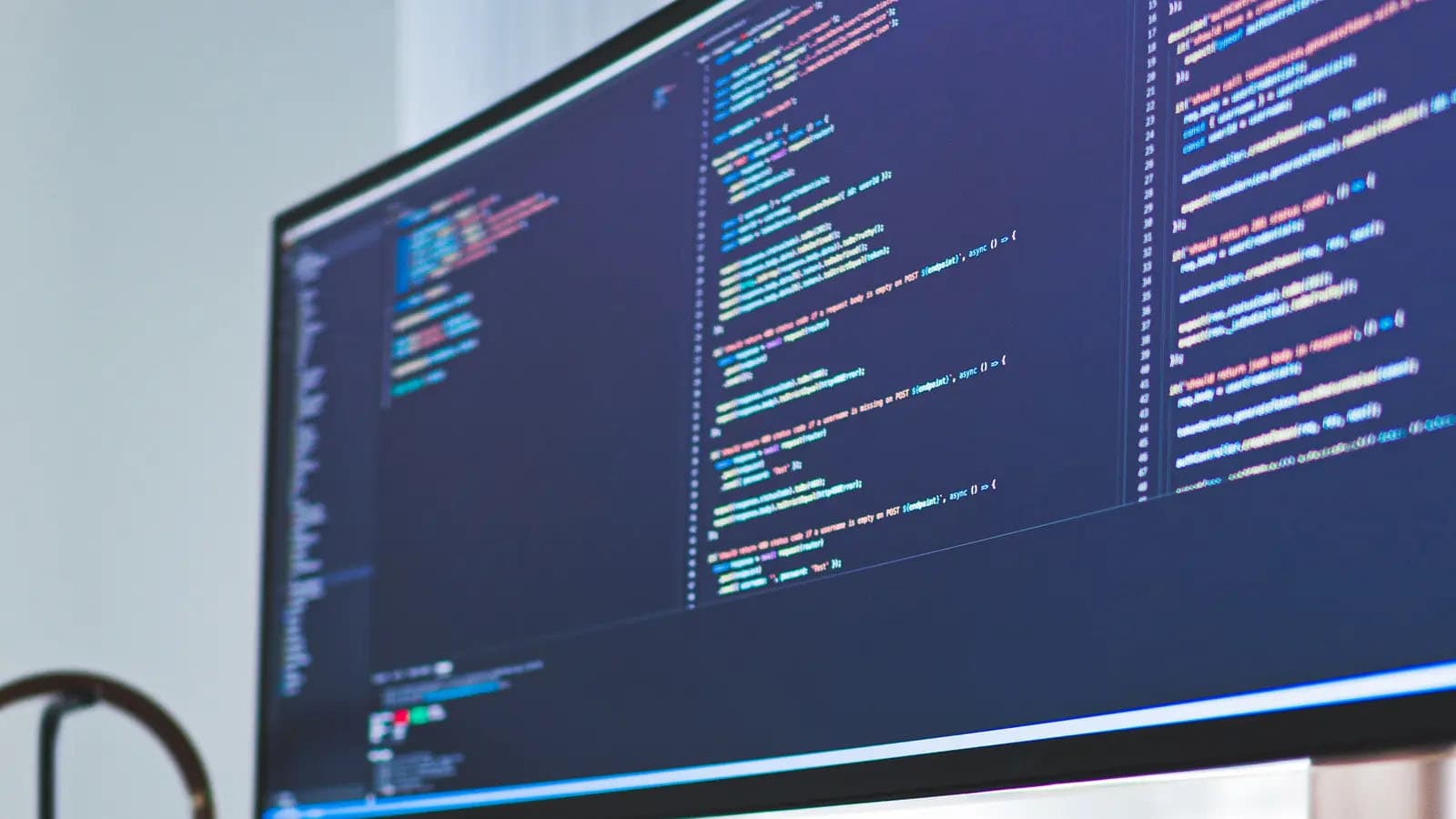Forensic Computer Science: Unveiling the Secrets of Digital Evidence
Forensic computer science, also known as digital forensics, is a multidisciplinary field that combines elements of computer science, law, and investigation to uncover and analyze digital evidence. In an increasingly digital world, where crimes are committed using computers and other electronic devices, forensic computer scientists play a crucial role in examining and interpreting digital artifacts to support legal proceedings.
Digital evidence can take various forms, including emails, text messages, social media posts, computer files, network logs, and more. Forensic computer scientists employ specialized techniques and tools to extract, preserve, and analyze this evidence while maintaining its integrity for use in legal proceedings.
The Role of Forensic Computer Scientists
Forensic computer scientists are responsible for collecting, analyzing, and presenting digital evidence in a legally admissible manner. Their work involves several key steps:
-
Identification: The first step is to identify potential sources of digital evidence, such as computers, smartphones, servers, or cloud storage. This requires a thorough understanding of various operating systems, file systems, and data storage mechanisms.
-
Acquisition: Once the potential evidence sources are identified, forensic computer scientists use specialized tools and techniques to acquire data from these devices without altering or damaging the original information. This process often involves creating a forensic image, which is an exact copy of the digital evidence.
-
Preservation: Preservation is crucial to maintain the integrity of the digital evidence. Forensic computer scientists follow strict protocols to ensure the evidence remains unaltered and admissible in court. This includes documenting the chain of custody to track the handling of evidence and maintaining a detailed record of all procedures performed.
-
Analysis: This phase involves examining the acquired data to extract relevant information and identify potential evidence. Forensic computer scientists use various techniques such as keyword searches, data recovery, decryption, and steganalysis (detecting hidden information within files) to uncover hidden or deleted data.
-
Interpretation: Once the data is analyzed, forensic computer scientists interpret the findings in the context of the legal case. They provide expert opinions and generate reports that explain the significance of the digital evidence, linking it to the alleged criminal activity.
Importance of Forensic Computer Science
Forensic computer science plays a crucial role in modern law enforcement and legal proceedings. It helps in solving crimes, providing evidence, and ensuring a fair trial. It is particularly valuable in cases involving cybercrime, fraud, intellectual property theft, child exploitation, and terrorism.
The field has evolved rapidly due to advancements in technology and the increasing complexity of digital systems. Forensic computer scientists must continually update their skills and knowledge to keep pace with emerging technologies and new forensic techniques.
Forensic computer science has also expanded beyond the realm of criminal investigations. It is now employed in the corporate sector for internal investigations, data breaches, and intellectual property disputes. Additionally, forensic computer scientists assist in civil litigation cases, where digital evidence can be crucial in determining liability or proving innocence.
To learn more about forensic computer science, you can visit the following resources:
-
International Journal of Digital Crime and Forensics: This scholarly journal covers various aspects of digital crime, forensic techniques, and case studies related to forensic computer science.
-
National Institute of Standards and Technology (NIST) - Computer Forensics: The NIST website provides valuable information on computer forensics, including standards, guidelines, and best practices followed in the field.
Forensic computer science is a dynamic field, and staying up-to-date with the latest research, tools, and techniques is essential for professionals in this domain.












